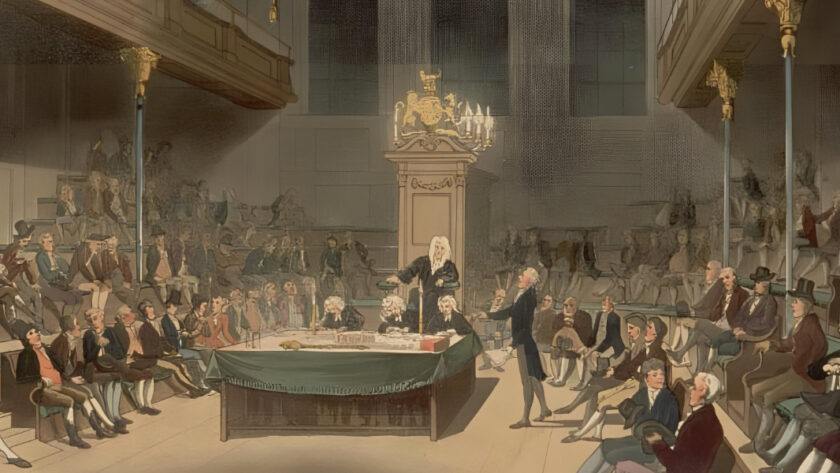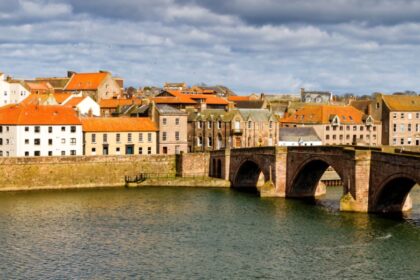William Wilberforce was the unlikely powerhouse behind one of Britain’s greatest moral victories – the abolition of the transatlantic slave trade. A politician, philanthropist and passionate advocate for social reform, he dedicated his life to making the world more just, one debate at a time. From the drawing rooms of Clapham to the debating halls of Westminster, his story is woven into towns and cities across the UK.
A Life of Conviction
Born in Hull in 1759, Wilberforce grew up in comfort but was shaped early on by both loss and belief. After his father’s death, he spent part of his childhood in London with relatives who introduced him to evangelical Christianity. Though briefly distanced from it, this moral compass would later define his adult life.
At Cambridge, he struck up a friendship with William Pitt the Younger, future Prime Minister. The two would remain close allies, even as Wilberforce’s path took a distinctly different turn. Elected MP for Hull at just 21, then for Yorkshire, he entered politics as a well-connected and popular young man. But a spiritual awakening during a European tour changed everything. From then on, faith and reform became his driving forces.
The Fight to End the Slave Trade
In 1787, Wilberforce was approached by a group of abolitionists seeking a champion in Parliament. After prayer and reflection, he took on the cause. What followed was a 20-year campaign of relentless speeches, petitions, alliances and setbacks. The opposition, from those with a financial stake in slavery,was fierce.
His first major speech in 1789 argued that the slave trade was “a disgrace to our nation.” Though it took repeated attempts, public sentiment gradually shifted. On 25 March 1807, the Slave Trade Act was finally passed, banning Britain’s participation in the transatlantic slave trade. It was a turning point, though not the end.
Beyond Abolition
Wilberforce retired from Parliament in 1825 due to ill health but continued to campaign behind the scenes. Just days before his death in 1833, he received word that the Slavery Abolition Act – which ended slavery in most of the British Empire – had passed. He died knowing his life’s mission had succeeded.
But abolition was just one part of his legacy. He supported education reform, animal welfare, prison reform, and founded what would become the RSPCA. He was also a leading figure in the Clapham Sect, a group of evangelical Anglicans devoted to social improvement through moral action.
Explore Wilberforce’s World
Hull, East Yorkshire
Birthplace and family home
Visit the Wilberforce House Museum on Hull’s historic High Street to explore his early life and abolition work. The nearby Wilberforce Monument, a 31-metre Doric column, stands as a civic tribute to his achievements.
Cambridge
Where reform began
At St John’s College, Cambridge, Wilberforce formed lifelong friendships, including with William Pitt, and laid the foundations for his future influence in Parliament.
Westminster, London
The heart of political change
Wilberforce gave countless speeches in the House of Commons and played a vital role in shaping national policy. He is buried in Westminster Abbey, close to his friend Pitt, in recognition of his extraordinary impact on British history.
Clapham, South London
The reformer’s home base
For many years, Wilberforce lived near Clapham Common, where he worked alongside the Clapham Sect. Visit Holy Trinity Church, the group’s spiritual hub, to see where much of the abolition strategy was planned.
Bath, Somerset
A retreat for health and reflection
Wilberforce often visited Bath in later life for treatment and rest, continuing to write and advise fellow campaigners during his stays.
Mill Hill, London
Final chapter
Wilberforce died here in 1833, just days after hearing that slavery had finally been abolished. He was later laid to rest at Westminster Abbey.
Bristol
One of the battlegrounds
Bristol, a major slave-trading port, was a key target of Wilberforce’s abolition efforts. Today, visitors can explore the city’s role in the trade—and its links to resistance—through local heritage trails and museums.
In His Footsteps
Statues, plaques and places named in his honour can be found across the UK—from Wilberforce College in Hull to a bust in Westminster Abbey. His name remains a byword for justice, compassion and moral courage. The 2007 film Amazing Grace brought his story to new audiences, reminding the world how one determined voice can challenge an empire.





